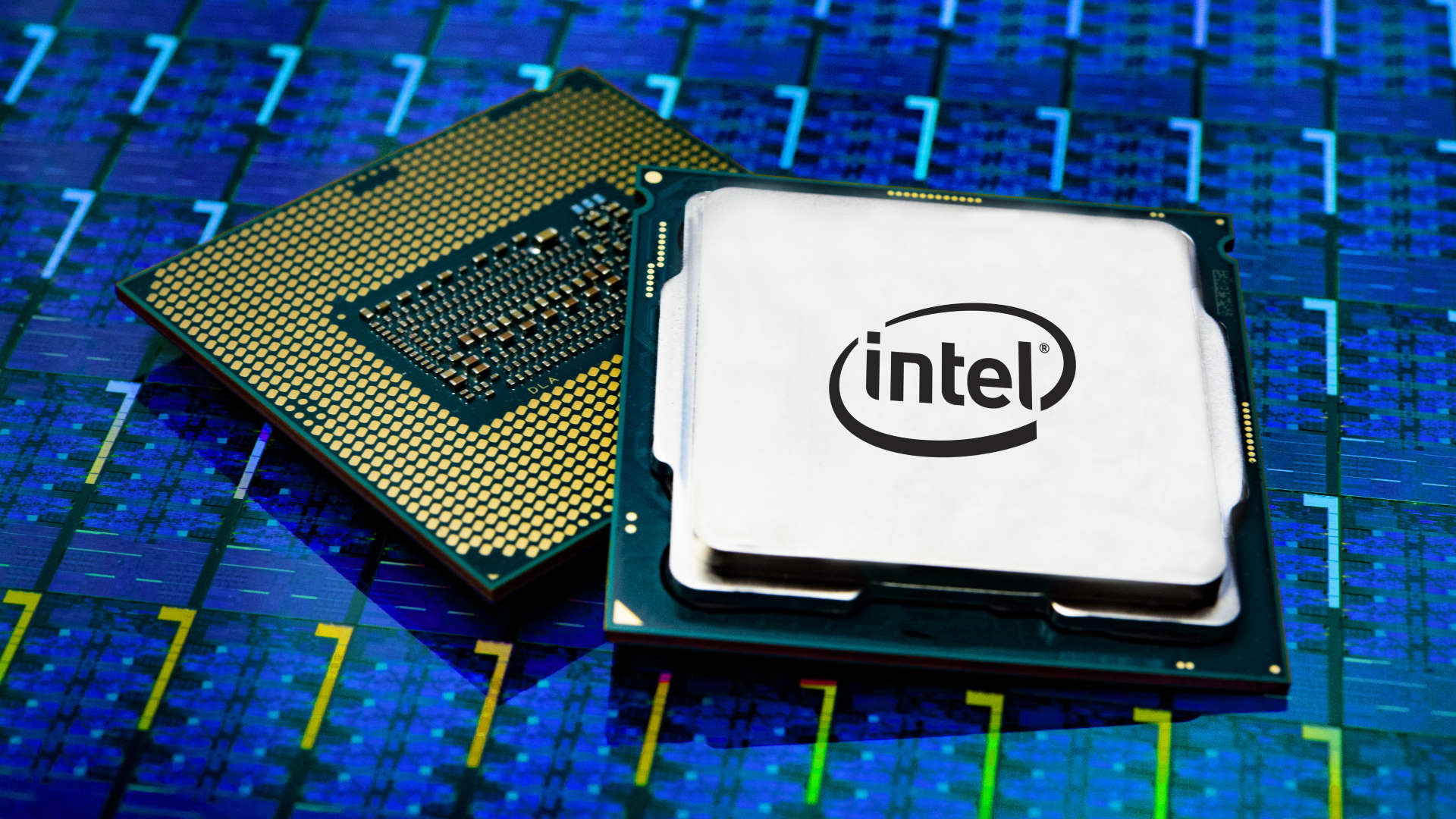
Intel has released a whitepaper outlining a way to simplify its CPU architectures by removing legacy 16-bit and 32-bit support, therefore making them 64-bit only. Intel believes this change will lead to better optimized processors, meaning better performance and efficiency.
The building blocks of Intel's processor range can be traced all the way back to the original 16-bit 8086 processor released in 1978. Rather than include support for decades-old software and operating systems, Intel believes virtualization technologies have developed enough to emulate the features required for legacy systems. It's saying it's time to move on.
Today's 64-bit CPUs include processes to "trampoline" their way into 64-bit operation. According to Intel, "Intel 64 architecture designs come out of reset in the same state as the original 8086 and require a series of code transitions to enter 64-bit mode. Once running, these modes are not used in modern applications or operating systems."
In layman's terms, there's a bunch of stuff in there that's basically useless, and has been for a long time. But it's a bit more complicated than just switching everything over to 64-bit. Windows has transitioned away from 32-bit, but only fully in the Windows 11 era. There are loads of legacy 16- and 32-bit systems out there that are decades old and will need upgrading, or testing at least to see if they can be emulated.

Best CPU for gaming: The top chips from Intel and AMD
Best gaming motherboard: The right boards
Best graphics card: Your perfect pixel-pusher awaits
Best SSD for gaming: Get into the game ahead of the rest
64-bit only CPUs make a lot of sense from a gaming perspective. We chase performance and efficiency, and outdated features that few users make use of simply add complexity and bloat to a chip. Removing them has the potential to deliver all sorts of benefits. It'll give Intel more die space for modern features, better power efficiency, faster boot times, and perhaps a lower risk of security vulnerabilities.
We won't be seeing x86S CPUs any time soon though. At this stage, the whitepaper is more of an introduction and is clearly meant for industry folks and software developers. Don't forget AMD either, the developers of x86-64, who will have to work with Intel so as not to break the ecosystem.
It may be a long time coming, but I look forward to seeing how x86S develops. Wouldn't it be nice to get consistent double-digit performance jumps without power-sucking frequency jumps? That's the dream. Let's see where this goes.







